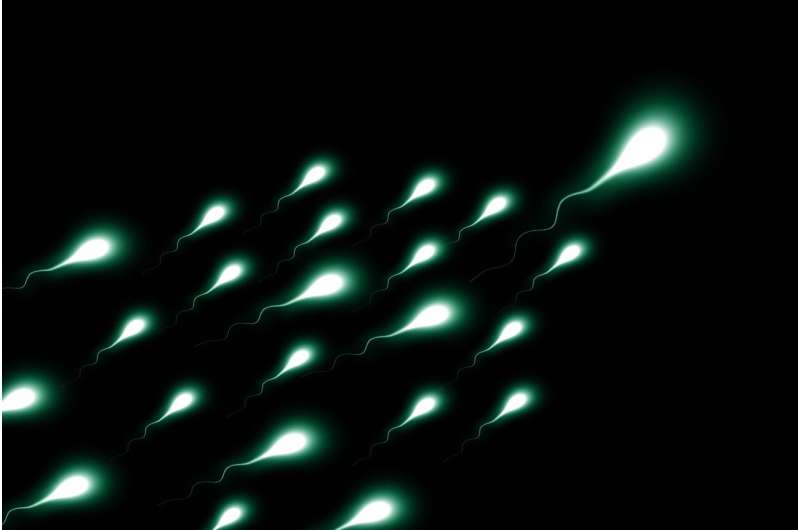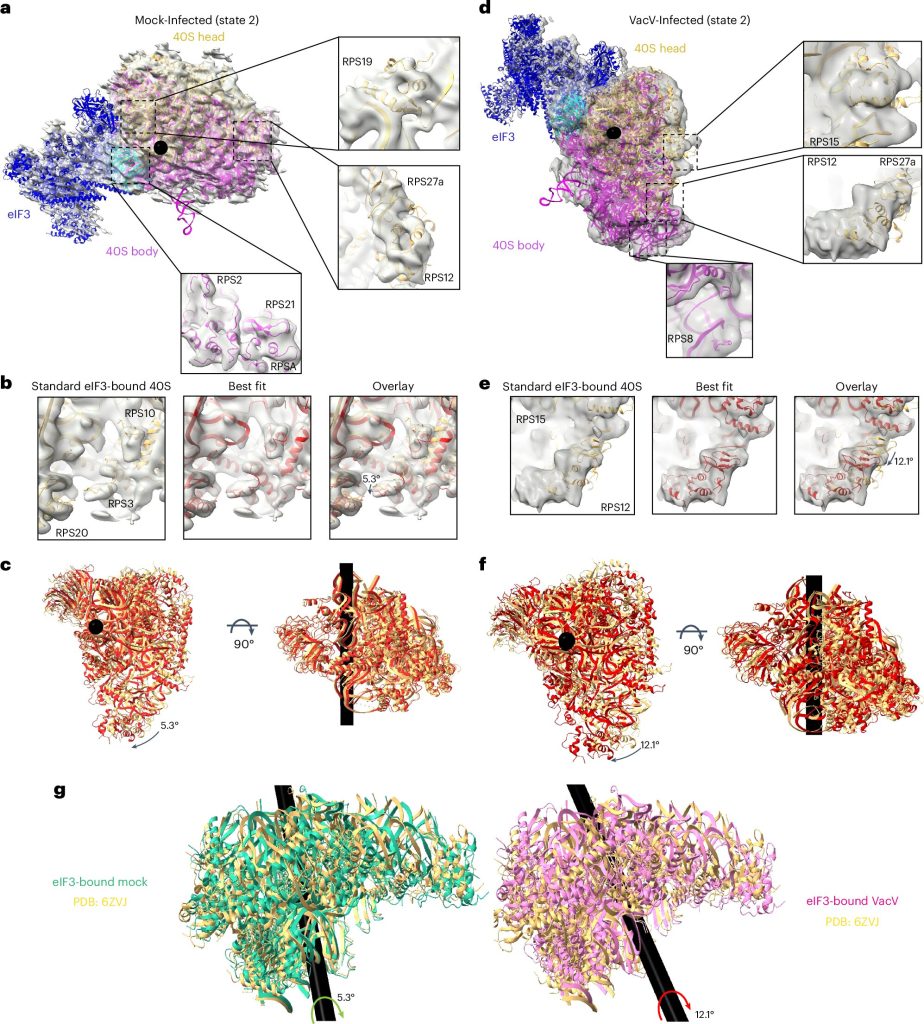Have you ever wondered how tiny swimmers manage to adapt to their surroundings, even when the stakes are high? In this heartwarming tale of science, we explore the remarkable ways sperm navigate their way through warmer waters, and how new discoveries could lead to exciting advancements in fertility treatments and contraception.

In the world of mammals, sperm are picky swimmers! They thrive best at temperatures just below the normal body heat we’re familiar with. But how do they manage to fertilize an egg in the warmer environment of the female reproductive tract? Researchers from Washington University School of Medicine in St. Louis have uncovered a fascinating answer.
The key lies in a protein called CatSper, which sits on the surface of sperm cells. When these little champions encounter higher temperatures, they receive a signal that revs them up, transforming their typically smooth swimming style into hyperactive, thrashing motions. This is just what they need to break through and reach the egg for fertilization. This breakthrough has implications beyond understanding reproduction; it opens new doors for developing male contraceptives and treatments for infertility.
In their study involving mice, the researchers discovered that a rise in temperature activates CatSper, triggering a burst of activity in sperm. This research was recently published in Nature Communications. The insights gained from these findings not only shed light on how mammals have evolved but may also reshape our approach to male reproductive health.
Interestingly, the CatSper protein controls the entrance of necessary particles, powering those energetic tail movements that propel sperm forward. Previously, it was thought that CatSper was activated by pH levels or hormonal signals, particularly progesterone, found in female reproductive systems. However, it turns out that most mammalian sperm don’t respond to progesterone, sparking the researchers to look for other triggers, with temperature becoming the frontrunner.
Evolution has equipped mammals with ingenious ways to keep their reproductive organs cool. For instance, dolphins divert blood through specialized structures to lower temperatures before it reaches the testes, while humans and many other mammals keep sperm stored in the cooler environment outside the body.
The researchers employed advanced techniques to monitor the specific electrical patterns of CatSper activation in individual sperm cells. Their findings revealed a clear spike in activity when temperatures rose above 38 degrees Celsius (100.4 degrees Fahrenheit). This hyperactivity is crucial for sperm as they make their final push toward fertilization.
Dr. Lishko, one of the leading researchers, expressed hope that understanding how temperature influences fertility could pave the way for more effective male contraceptives and infertility treatments. Because CatSper is unique to sperm, targeting it wouldn’t disrupt other bodily functions. Current attempts to develop contraceptives aimed at deactivating the channel have struggled; however, Lishko’s insights could inspire new methods.
“Instead of creating inhibitors, we might find ways to activate CatSper with temperature,” she suggested. This approach could potentially render sperm less effective just as they’re getting started on their important journey.
As science unfolds more about these remarkable swimmers, we find hope in harnessing their secrets to support reproductive health, opening endless possibilities for the future.
More information:
Dilip K. Swain et al, The essential calcium channel of sperm CatSper is temperature-gated, Nature Communications (2025). DOI: 10.1038/s41467-025-58824-0
If you would like to see similar science posts like this, click here & share this article with your friends!


